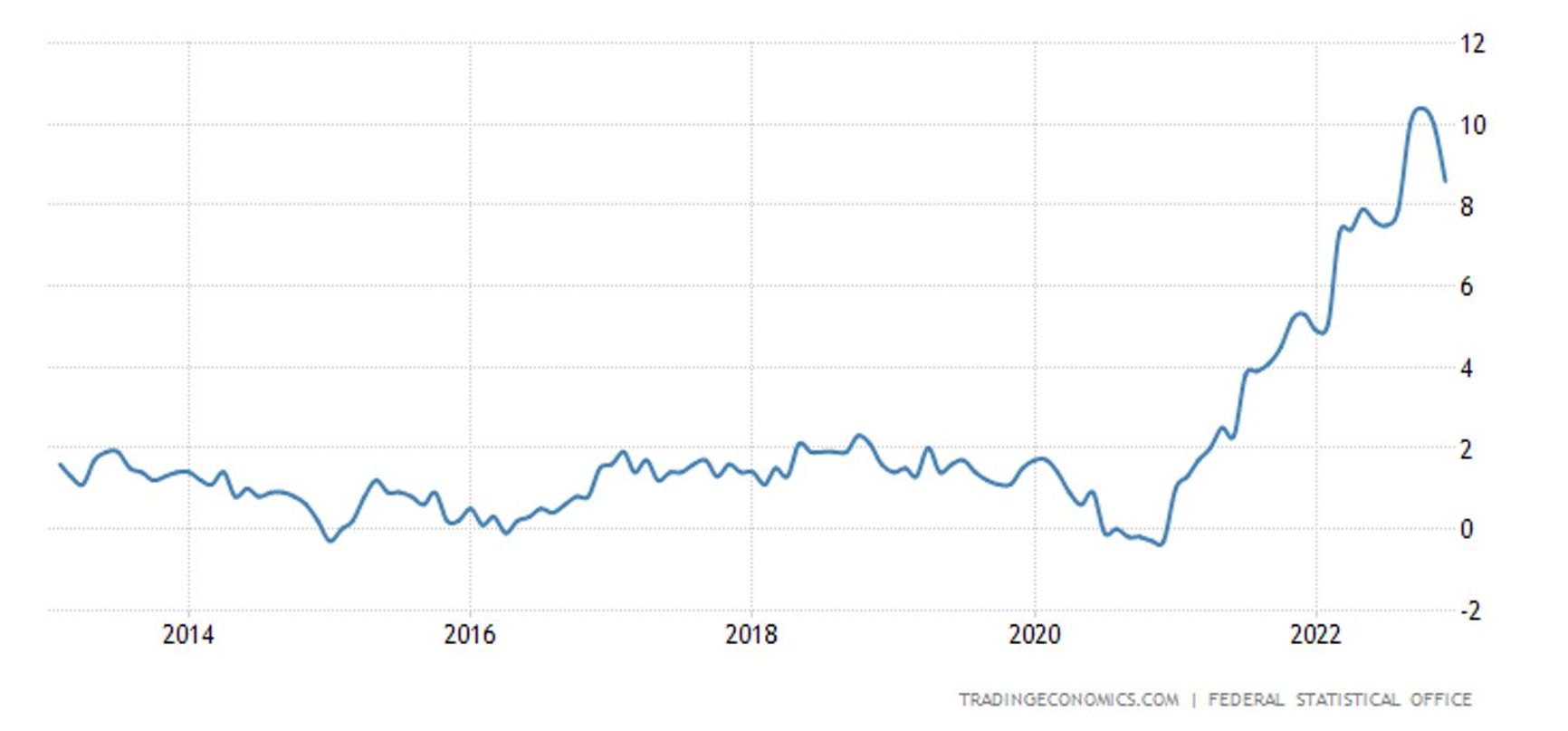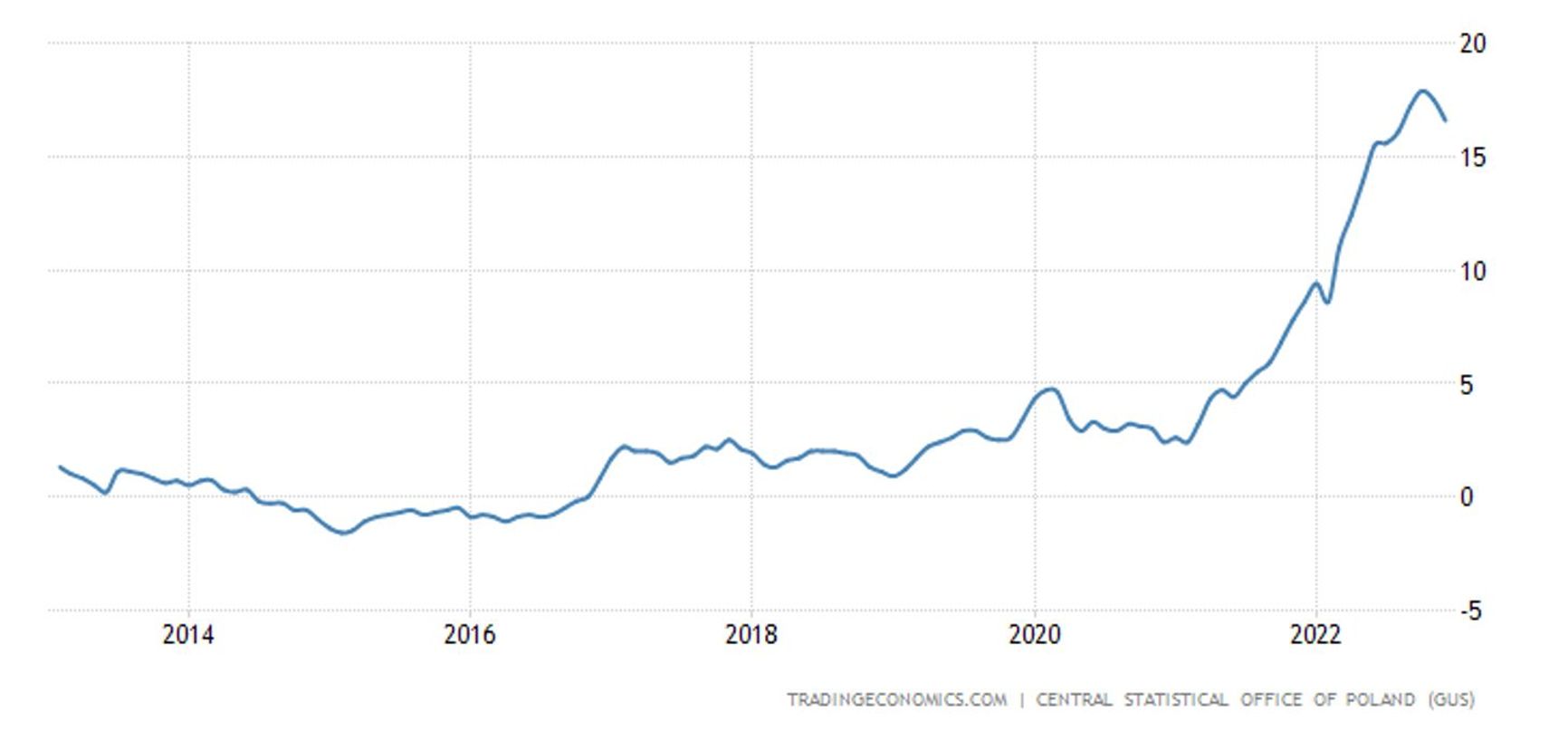

Addressing the Federal Assembly on Tuesday, Russian president Vladimir Putin dwelt heavily on the West. The Russian leader accused Western nations of aggressive intentions and treacherous violations of agreements, going as far as to call Western elites “a symbol of total, shameless lies”. However, it was his own speech that was littered with them. Of course, Ukraine also took a beating, with Putin accusing it of neo-Nazism because of the name “Edelweiss” given to a mountain assault brigade, but The Insider wrote about it before Putin said it.
Content
On Western arms deliveries to Ukraine
On averting the alleged attack on the Donbas by Ukraine and the West
On the circumstances of the Nazis' rise to power in Germany
On the failure of Western economic sanctions
On the dollar being squeezed out of the international payments system
On Western arms deliveries to Ukraine
“I would like to emphasize that even before the start of the special military operation, Kyiv was negotiating with the West about supplying Ukraine with air defense systems, combat aircraft, and other heavy equipment.”
Had any such talks indeed taken place, the only thing they would have shown is Ukraine’s desire to modernize its armed forces. Be that as it may, the West showed no intention of supplying modern weapons to Ukraine without a full-on war. Ukraine did not receive its first Western air defense systems, the IRIS-T from Germany, until October 2022.
The first modern tanks – the German Leopard 2 and British Challenger 2 – were not delivered to Ukraine until February 2023, and American Abrams tanks are not expected before the end of 2023.
There have not been any deliveries of combat aircraft from NATO countries to date. On January 31, 2023, U.S. President Joe Biden said he did not support the proposal to transfer F-16 fighters to Ukraine, while UK Defense Secretary Ben Wallace announced on February 18 that Ukraine would receive Eurofighter and Typhoon fighters only after the war.
On averting the alleged attack on the Donbas by Ukraine and the West
“At the time [in December 2021], it finally became clear that the go-ahead for the implementation of aggressive plans was given, and they were not going to stop. The threat was growing with each passing day. The incoming information left no doubt that by February 2022, everything was set in place for another gory punitive action in the Donbas.”
On November 2, 2021, Ukrainska Pravda wrote:
“According to the Main Directorate of Intelligence of the Ministry of Defense, as of early November 2021, a grouping of forces with a total number of about 90,000 troops is concentrated near our border and in the territories temporarily occupied by the Russian Federation.”
On January 24, 2022, the BBC Russian Service reported:
“The border between Russia and Ukraine is characterized by unrelenting tension, with tens of thousands of troops and significant amounts of military equipment concentrated there. The U.S., Australia, and the UK are already considering pulling their diplomats out of Kyiv, as negotiations between Moscow and Washington, including those concerning Ukraine, are yet to yield any concrete results. …
On January 21, Reuters released a new video showing the build-up of Russian troops near the Ukrainian border.
Trains with military equipment are being transferred west, as Russia and Belarus are announcing a new joint exercise, Union Resolve 2022. Belarusian leader Alexander Lukashenko announced it on January 17. Previously, Conflict Intelligence Team experts reported Russia continuing to move troops from Siberia and the Far East to the border with Ukraine and Belarus in a joint investigation with Radio Liberty. …
Major American media began dwelling on the possibility of Russia preparing an attack on Ukraine back in late October 2021, but the government in Kyiv did not register any unusual maneuvers near its borders. Towards the end of the year, however, trains with military equipment were indeed moving west; a grouping of up to 100,000 troops was formed in the border regions, and as U.S. Secretary of State Anthony Blinken stated during his visit to Kyiv, Russia may double the number of its troops shortly.”
In such a setting, allegations that the AFU was preparing an offensive operation against the Donbas separatists are absurd.
On the circumstances of the Nazis' rise to power in Germany
“To remind you, in the 1930s, the West paved the way for the Nazis to take power in Germany.”
The statement is extremely weird since none of the Western powers had a significant influence on the policies of the Weimar Republic. The Nazi party never had their support, nor could it count on it, in light of its revanchist foreign policy views. The NSDAP came to power in an underhanded move: since the Communists were reluctant to enter into a coalition with the Social Democrats, it was impossible to form a parliamentary majority government, so President von Hindenburg appointed Hitler, the leader of the largest faction in the Reichstag, as chancellor.
In Hitler's first cabinet, the Nazis controlled only the Ministry of the Interior; in addition, Hermann Göring was named as minister without portfolio. Former chancellor Franz von Papen, who became Vice-Chancellor, banked on Hitler's inexperience as the opportunity to actually run the government himself.
Had the Western powers indeed played any role in the Nazi rise to power, it would have been indirect: because of the rigid terms of the Treaty of Versailles, which ended World War I, Germany was overrun with revanchists, which intensified the withdrawal of American investors’ funds from Germany against the background of the Great Depression. Meanwhile, the Soviet Union played a much more important role, preventing the German communists, who depended on it, from forming a coalition with the Social Democrats.
On the failure of Western economic sanctions
“In addition to conventional and information warfare, the West has deployed an economic front against us. But it hasn't achieved anything and never will. Moreover, the sanctions have backfired on their initiators, triggering price growth, mass layoffs, business closures, and energy crises in their own countries, and they are telling their citizens, as we can all hear, that the Russians are to blame.”
In reality, no mass layoffs or business closures have been registered in the West. The EU had an unemployment rate of 6.4% early in February 2022 and saw it drop to 6% by the fall and slightly rise to the current 6.1%. The impact of the war and sanctions is negligible if any.

Unemployment rates across the EU
Eurostat
As for industrial production, the EU experienced its decline in 2019, with a deeper plunge the following year due to the pandemic, but in mid-2021 production rose sharply, and even though the growth soon began to slow down, the overall upward trend continues.

Industrial production in the EU countries
Eurostat
The inflation rate in most EU countries remained extremely low until the beginning of 2021 (in Germany and Italy, due to the fall in demand caused by the pandemic, it was even below zero for a while, which is unfavorable for the economy), then began to grow rapidly, even before the war and sanctions, and began to shrink in late 2022. This decline is observed across a wide range of countries.

Inflation in Germany

Inflation in France

Inflation in Italy

Inflation in Poland

Inflation in the UK
Furthermore, Europe has almost overcome the energy crisis provoked by Russia's decision to cut gas supplies to the region by 80% (to the detriment of its own trade interests, as the IMF's quarterly magazine Finance and Development points out). The EU accumulated significant gas reserves were accumulated; the warm winter also contributed to the issue resolution. Early in January 2023, the price for gas on futures contracts with delivery in February on the Dutch site TTF plummeted to the lowest level since the beginning of the war: to one-fifth of the 2022 peak.

Natural gas prices at the TTF gas hub
On the dollar being squeezed out of the international payments system
“We will continue to work with our partners to form a stable, secure system of international payments, independent of the dollar and other Western reserve currencies, which will inevitably lose their universal nature under such policies of Western elites and Western leaders. And it will be their own doing. We're not the ones cutting back on settlements in dollars or other so-called universal currencies; they're doing it all on their own.”
According to SWIFT, the share of the dollar in international settlements increased by 1.38 percentage points in 2022 and by 3.16 percentage points over the past two years, reaching 41.89%. The dollar’s runners-up are the currencies of other “unfriendly” states, such as the euro, the British pound, and the Japanese yen. The “friendly” Chinese yuan ranks fifth, with its share shrinking from 3.2% to 1.91% over the year.